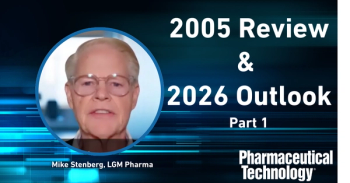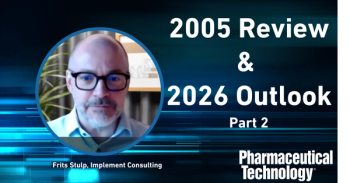Recent manufacturer price hikes have kept the spotlight on drug costs and reimbursement, generating calls for legislation and regulations to curb outlays on medicines. Economic hardships aggravated by the pandemic, as seen in high unemployment and closed schools, support initiatives likely to reduce medical bills, particularly pharmaceutical prices that appear arbitrary and unjustified. Now with Democrats controlling Congress and the White House, expectations are high that policy makers will revise certain coverage and payment policies.
One popular proposal is to impose penalties on drug companies that raise prices faster than the rate of inflation. And there’s a renewed clamor for authorizing the federal government to negotiate drug prices on behalf of individuals enrolled in Medicare Part D. But opposition from Republicans and pharma companies may make it hard to move forward quickly in that area.
Less controversial is the push for greater transparency in medical prices, as seen in recent regulations requiring hospitals and insurers to publish list prices, including negotiated rates for prescription drugs. So far, the courts have rejected challenges from hospitals, and the cry for public access to cost information is strong. Analysis from the Institute for Clinical and Economic Review (ICER) and other organizations furthers such efforts, as seen in ICER’s recent “naughty list” of 10 top pharmaceutical “price gougers” that raised prices on widely used drugs in 2019 without conducting any “meaningful” clinical research to support added uses or safety information [see ICER_UPI_2020_Report_011221.pdf].
New legislation and rule making, however, will await further assessment of multiple regulations and policies approved in the last days and weeks of the Trump administration. It’s common for a new administration to impose a 60-day delay on adopting rules, guidance documents, and agency actions not yet in effect to permit further scrutiny of new and often obscure proposals.
A prominent initiative under review is the “most favored nation” interim final rule issued in November 2020 that links federal reimbursement for certain drugs covered by Medicare to lower prices paid by European nations. This policy is controversial, and manufacturers have challenged it in court. International drug price comparisons regularly support such changes, as seen in a new RAND Institute study that documents higher drug prices in the United States compared to 32 industrial countries. But quick uptake of the complex proposal is unlikely.
The Biden administration has postponed implementation of another rule that revises policies governing manufacturer rebates and discounts to Medicare drug plans. Pharma companies support this curb on discounts to pharmacy benefit managers (PBMs), but PBMs strongly oppose the change and have challenged it in court. The Centers for Medicare and Medicaid Services (CMS) published a final rule implementing the program in November, but then delayed it for several months. Legal and political issues may put this change on the back burner, but the Federal Trade Commission (FTC) may become more active investigating whether rebates for favorable insurance coverage limit industry competition.
There also will be close scrutiny of another “midnight” Trump proposal that narrows coverage requirements for most Medicare Part D “protected” drug classes. The aim is to test the impact of dropping the requirement that plans cover at least two drugs in five (of six) protected drug classes and also of permitting Part D formularies to cover only one, instead of two, drugs per class. Manufacturers and patient advocates strongly support Medicare-protected drug classes as key to ensuring adequate coverage of more costly, hi-tech medicines for cancer, transplants, AIDS, and mental conditions. HIV treatments remain protected under the plan, but reimbursement could decline for anticonvulsants, immunosuppressants, antidepressants, antipsychotics, and antineoplastics. It’s a contentious issue, but some kind of pilot test program could move forward.
Best price and 340B
Broad support for more value-based purchasing in health care may help advance recent CMS efforts to update the Medicaid drug rebate rule. A final rule issued in December revises how Medicaid rebates are calculated to reduce the impact of “best price” on the broader market. CMS may move to extend the current one-year implementation timeframe to permit further scrutiny by Congress and the new administration.
Pharma companies are concerned, though, that changes in Medicaid best price could affect rate calculations for hospitals under the federal 340B drug discount program. An escalating dispute between manufacturers and CMS over revised rules and policies governing this program has generated lawsuits and eroded industry participation. At issue is whether manufacturers must offer discounted 340B prices to pharmacies that dispense drugs for certain hospitals, a practice that pharma companies claim greatly expands the volume of discounts beyond its original intent. Look for the “340B wars” to be an early test for the new leadership at HHS.





